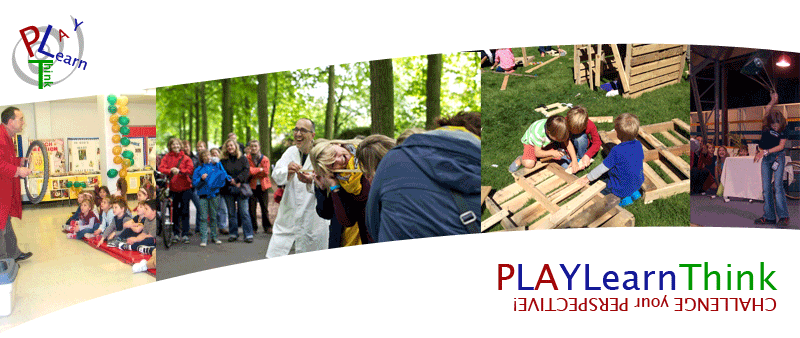
During my talks and workshops for teachers, educators, parents in fact anyone whose work impacts children's learning, I always present the need for children to explore risk through their play. Being able to recognize risk and assess risk is an essential ability which allows us to navigate life’s challenges. It also allows us to be more creative and innovative by learning to take acceptable risks. Conversely, protecting our children from exploring risk could lead to undesireable consequences in their future. Below is an excerpt from the Learning Through Play workshop/talk.
“Why do we bubble wrap our children? Because we love them. No one wants to see a child get hurt. However, preventing a child from exploring risk through their play does not keep them safe - in the long run. In fact, not exploring risk can make children more vulnerable to injury. When children play, they will often push the boundaries of their comfort zone and challenge themselves. They will test their limits by trying things which make them uneasy. This can be as simple as a toddler climbing onto the couch or a 3 year old standing on a stump and jumping off. This is how children learn about their abilities. It is how they develop their risk recognition and assessment skills. These skills will serve them well throughout their lives when they are faced with various situations and make decisions about how to proceed. The more we “protect” our children from exploring risk through their play the more we invalidate their ability to judge for themselves what they can or cannot do. As we project our fears onto the child they will become increasingly less able to venture out into the world with confidence and self-assurance, thereby diminishing their independence and self-reliance.
One way to explore risk is to let children use real tools. Children’s play is based in their reality and often reflects what they are exposed to in their everyday lives. Children love to play with pots, pans, utensils and ingredients because they see us preparing food. My partner Susa and I built our own house and so our son sees us using tools. Tom’s first real tool was a butter knife to chop mushrooms. He then moved on to a real knife and by age 2.5 he wanted to use a real hammer and nails (as opposed to the plastic hammer and nails that he enjoyed from memère and pepère). You will notice in the following video that the hammer is almost as big as he is.”
Tom’s use of tools progressed through hammers, nails and saws to eventually the use of an axe by age 4 (that video is quite impressive). The learning that occured was profound and he is very proud of his cabin he helped construct and the kindling he continues to prepare for the fires that heat our house.
During my adventure playday workshop for children, I always bring age appropriate tools such as fine toothed saws to cut cardboard. At one workshop, I noticed a girl of about 8 standing motionless staring at a saw in her hand. I calmly approached her and gently asked “are you ok?” to which she slowly replied “I’m holding a real saw” to which I said “yes you are. Now go and use it!”. She used that saw the whole day. She approached almost every person there asking if there was anything that she could cut for them. You could feel her sense of pride and self-confidence fill the space.
Attention: Do not give your child tools if they are not ready to use them. From a very early age, Tom has gone through a progression of activities through his self-directed play with loose parts and tools which allowed him to develop his eye-hand coordination, his motor skills, his self-confidence and his judgement of what feels safe or not safe for him at that moment in time. Always supervise the use of tools. Tom will always ask us before using his tools. Never give a child a power tool. Why? Too much damage too quickly. A hand saw will only scratch the child before they stop.
© PLT 2003 - 2020 All rights reserved.